"Money is the god of our times, and Rothschild is his prophet."
— Heinrich Heine, German poet
Previous Entries
Our final act is perhaps the most pivotal one of this frighteningly true story. It is the framework from whence all successive schemes have been run. It is the Magnum Opus of a dark century, the tightening of the noose around Christendom’s neck. The real forces who drive world history in our age were forged in these days. The foundations of this novus ordo were laid by men whose name we know and whose true character has been found wanting. As we continue to see, this occult orchestra was assembled long before any of us born could have done anything to stop its sinister symphony.
The relatively short reign of Napoleon’s Masonic empire is one of the most destructive and bloody eras in world history, the high watermark of human carnage until the World Wars of the twentieth century. It is a period of brutality scarcely rivaled in the post-”Enlightenment” age. Napoleon’s political allies and financial backers are on the ascendance. His armies are nigh unbeatable, the losses in Egypt a now distant memory. Yes Trafalgar was a setback, but it was hardly a deathblow to the Emperor. His next conquest would become perhaps the most pivotal and long-lasting in all his many campaigns.
These battles raged across Europe as the French Empire’s dominion grew. Napoleon Bonaparte had been denied the ability to invade the United Kingdom due to the destruction of his fleet at Trafalgar. His conquests on land however, went on unabated. In 1806, Napoleon invaded Hesse, forcing the Elector Count to flee. Prince Wilhelm IX entrusted the royal coffers (worth billions of dollars in today’s currency) to his banker and close friend, Mayer Amschel Rothschild. The princely treasure horde had to be sneaked out of Hesse hidden in wine barrels, managing to arrive in London unscathed. Nathan, one of Mayer’s five (legitimate) sons and head of Rothschild’s London operations, secured the Prince’s prodigious treasure horde in their London headquarters. There is no record of this bullion ever being returned. As we can see to this day, Napoleon’s invasion and reign was pivotal to cementing Rothschild control of European banking. This seed money would go on to birth a dynasty, and it would not be the last time that Napoleon’s actions helped further the family’s goals.
Napoleon’s military conquests continued apace, his brothers now installed as the heads of allied Masonic client-states. In 1808, Emperor Napoleon issued a series of three decrees meant to fully integrate Jews into French society. The Infamous Decree was the most controversial, ostensibly barring Jews from lending money. However, it importantly excluded bankers in Paris from these new regulations, and in reality had very little impact on the conduct of financial business. With our understanding of the true forces behind Napoleon’s regime, it becomes clear that the Rothschild family and other Parisian bankers used Napoleon to crush their competition. Then as it is now, powerful banking interests used the coercive force of puppet governments to squash their competition. Just four years later in 1812, James Mayer de Rothschild, yet another son of Meyer Amschel Rothschild, would officially set up a branch of the family banking empire in Paris (although the Rothschild family had been operating through subsidiaries and cutouts in the country for well over a decade).
— James Meyer de Rothschild, ill. by Jean-Hippolyte Flandrin
As the crescendo of this epic worldwide war was about to unfold, the Masons had firmly established their economic and political control of the great nations of the world. Leaders on every side of this conflict would soon be Freemasons, ensuring a bloody and drawn out end to this decades long worldwide struggle. In 1809, James Madison began his first term as President. While no records can be found in Masonic lodges that confirm Madison’s membership, the following letter can still be viewed in the Library of Congress. On February 11th, 1795, John Francis Mercer, Governor of Maryland, wrote the following congratulatory note to future President James Madison (emphasis mine): "I have had no opportunity of congratulating you before on your becoming a Free Mason — a very ancient and honorable fraternity." It is also important to note that Madison was frequently accused of being a Freemason during the rise of anti-Masonry in America, a charge he publicly denied. However, both of Madison’s Vice-Presidents were known Freemasons.
England’s George IV, Prince of Wales, was recognized as Prince Regent in 1810. He now officially ruled in his father’s name as dementia took its inevitable toll on George III. George IV was Grand Master of the Premier Grand Lodge of England from 1792 to 1812. He was also the Grand Master of the Grand Lodge of Scotland from 1806 to 1820. Every major continent, every ocean, was a battleground between these two supposed enemy nations. With America inching ever closer to belligerent status, all sides of this growing international conflict were led by Freemasons.
Lest we forget the oaths these men took, under penalty of death, their allegiance is to their international brotherhood before any nation. The idea that every side of this conflict was led by Masons, whilst being funded by Masons, is so obviously outside the realm of mere coincidence that it beggars belief to suggest otherwise. The most charitable interpretation of these events at least reveals the wars as infighting between rival factions of a luciferian criminal organization, rival gangs dueling over turf essentially. A more sinister interpretation, a fact pattern that John Robison backs up with his sworn testimony, demystifies it for us: the revolution and subsequent wars were a coordinated agenda to topple Christian civilizations while lining the pockets of the conspirators. While these Christian countries made war upon each other, while brother slaughtered brother, the bankers of Europe – such as the Rothschild clan – grew fat off the spoils of unending war.
— King George IV’s coronation portrait, 1821, ill. by Thomas Lawrence
In 1811, the charter for America’s first central bank ended. The charter had failed to be renewed in Congress as anti-Masonic fervor grew within the States: a reaction to Napoleon’s burgeoning Masonic empire. Despite retaining its assets with the cessation of its fiat printing privileges, the bank’s now devalued shares were immediately bought out by the wealthy French banker and Freemason Stephen Girard. In apocryphal quotes attributed to various Rothschilds, the family’s anger at America’s refusal to renew the bank’s charter was the cause of the War of 1812: “Either the application for the renewal of the charter is granted, or the United States will find itself involved in a most disastrous war.” This infamous quote has been attributed to Nathan, but can not be verified in any credible source I have found. The banking clan very likely did not instigate this war as a reprisal against America, but it is undeniable that the family profited greatly from funding all sides of the Napoleonic Wars. Nathan was providing fellow Mason, Prince Regent George IV, the capitol to fund Lord Wellington’s army. His brother James was supplying fellow Mason Napoleon’s forces. As we have seen in other banker instigated wars, the groundwork for this conflict was laid long before America’s refusal to renew the Rothschild controlled First Bank of the United States.
What is not in dispute is that England’s belligerence against America grew significantly after the installation of these Masonic leaders. American sailors were press-ganged – forced into servitude aboard British war vessels. The newly acquired territories in the Midwest had further inflamed tensions with British colonists in Canada; border skirmishes and clashes between American and British settlers became more frequent. Maritime trade was severely restricted as the belligerents in this worldwide conflict enforced trade embargoes – via force.
Politicians during this era were no different than they are now, it was just easier to hide it without the 24/7 news cycle. The same cynical calculations that drive our politicians today drove these men as well. American politicians were eager to add Canada’s bountiful resources to the burgeoning American nation, gladly using these provocations as casus belli to enter America into an ill-advised war with England. The War of 1812 had begun, whether America could afford it or not.
The war was nothing less than a disaster for the nascent United States. Still sharply divided on whether to even enter into a war, the New Englander states refused to provide soldiers or financial assistance to the war effort. Ill prepared, poorly equipped militia members were called into service; primarily comprised of Southerners. Defeat after defeat marked the initial stages of the war, with invasions of Canada in 1812 ending in disaster twice. The nitty-gritty details of the War of 1812 falls somewhat outside the scope of our current narrative, so let me distill the essence of this war for you: for the next two years, on seemingly every front – whether it be the Canadian border, the South, the Ocean, or the Western Frontier – America was under assault from all corners. Her territories were chipped away, her people were divided, and the nation was driven ever further into debt.
The high point of the war, and its most famous battle, was fought after the Treaty of Ghent ending the War of 1812 had already been signed. Before British or American forces in New Orleans had received news of the peace treaty, British soldiers attempted to seize control of the Mississippi River by laying siege to the coastal city on January 8th, 1815. The British forces suffered heavy casualties to Jackson’s dug in defenders, and the makeshift and hasty American defensive positions allowed them to stave off wave after wave of British infantry. The English force was repelled and American politicians, desperate for a victory to placate the masses, used this story to great effect: Andrew Jackson was thusly vaulted into national hero status for his role in the battle. The borders of America and Canada changed little, but the betrayal of the Southern states by their Northern “countrymen” would not quickly be forgotten
— The Battle of New Orleans, January 8th, 1815, ill. by E. Percy Moran
"The line between disorder and order lies in logistics."
— Sun Tzu
While relatively small skirmishes (compared to the European theater) unfolded on the North American continent, Napoleon’s ill fated journey into Russia began in the summer of 1812. At the head of a 600,000 man army, the Emperor set out on June 24th – Fors Fortuna – clearly invoking the Roman goddess of luck at the outset of his final major campaign. The Russian armies led by Freemason Tsar Alexander I suffered a series of defeats, culminating in the Battle of Borodino on the 7th of September. 45,000 Russian dead and 40,000 French dead would mark this battle as the bloodiest of the wars. After the defeat, the Russians instituted a scorched earth policy; fighting a rearguard action past Moscow and encamping in inhospitable Siberia. The French armies were met by torched farmlands and destroyed food stores, the Russians denying Napoleon’s armies any sustenance they hadn’t already carried off with them.
With no food and ever lengthening supply lines, Napoleon’s troops entered a nearly deserted Moscow on September 14th. Unable to loot or live off the land, and as the harsh Russian winter closed in on them, Napoleon decided to march his under equipped 400,000 man army back out of Russia. Hundreds of thousands of Russians lay dead in this Masonic conqueror’s wake, and Russia was a burning hellscape: the Russians more than willing to self-immolate their homeland to inflict their would be conqueror with the most amount of pain.
The decimated French army, many of them barefoot and poorly dressed for the frigid conditions, would cross back over the freezing Niemen River in December of 1812. Just 40,000 soldiers had returned, 1/15th the number who had invaded the Motherland with their Emperor that summer. Disease, starvation, and the merciless Russian winter had taken their grisly toll.
His armies nearly wiped out, Napoleon was forced to conscript raw recruits to rebuild his forces; desperate to fend off the enemy armies that drew the proverbial noose ever tighter. Initial successes in 1813 renewed the Emperor’s flagging spirits, but his crushing defeat at Leipzig in October spelled doom for Napoleon’s first reign. Bonaparte was captured in March of 1814, later being sent to his island prison of Elba in April.
Napoleon’s short lived exile on Elba ended in March of 1815, when he returned to Paris and rallied the people to his cause. Bonaparte’s second reign as Emperor lasted just 110 days, ending in his final defeat to Lord Wellington’s army and coalition forces at Waterloo. Taking the high ground on Mont-Saint Jean, Wellington’s army fought off wave after wave of French infantry on June 18th. In the sweltering summer heat, English and French armies clashed in the last battle of Napoleon’s world wars. As night neared, Napoleon’s Imperial Guard – the elite personal shock troops of the Emperor himself – were rebuffed by Wellington’s forces in their last desperate attempt to swing the battle in France’s favor. Prussian reinforcements broke through the French right flank. The Emperor’s forces were surrounded and then routed as Napoleon left his forces in the field, yet again. Four days later he would abdicate, attempting to flee to America before ultimately surrendering himself to pursuing British forces.
— The Battle of Waterloo: The British Squares Receiving the Charge of the French Cuirassiers, ill. by F. Philippoteaux
While armies crisscrossed Europe, the Rothschild banking clan spent the previous decade setting up an elaborate communication network that rivals modern intelligence agencies in its complexities. Rapid and reliable communications were vital to Rothschild businesses, allowing the family to capitalize on events before they were known to their competitors – or even governments. Private couriers from Dover to Calais ensured a message could cross the continent in mere days. Horses, ships, courier pigeons, a vast network of messengers and spies were constantly at the ready to ferry the vital communications of this banking and intelligence empire.
The Rothschild family, supplying both British and French forces, were obviously heavily invested in the outcome of Waterloo. Rothschild spies, armed with the knowledge of the outcome of the pivotal battle, raced their vital information back to London. The Rothschild courier dashed on horseback, arriving at Dunkirk the night of June 18th. Conveyed on a ship across the English Channel, that courier arrived in London just one night after Waterloo to report the news to Nathan Rothschild. Nathan used this information to make a killing off the British bond market’s rally, buying bonds at a deflated price before the market rallied off the news of Napoleon’s final defeat. Estimates of his profits from this venture range from £1 million to £5 million, either sum equal to hundreds of millions of dollars in today’s currency. Tally up one more avenue that the family managed to profit from handsomely during these long, bloody affairs.
The total cost of the over two decade long Revolutionary and Napoleonic Wars on Great Britain’s part was £831,000,000. In today’s dollars, that would be over $163 trillion, a nearly unfathomable sum of physical wealth to comprehend. While death tolls vary, the total lives lost – both civilian and military – range from 3 million to 7 million across all theaters of the wars. Casualties in the American theater of this conflict range from 20-50,000 dead, with many times that injured. The Bureau of the Public Debt reports American debts as follows: "Total public debt increased from $45.2 million on January 1st, 1812, to $119.2 million as of September 30th, 1815." In today’s dollars that would equate to roughly $1 billion and $2.6 billion, respectively; paltry sums in our current era of reckless deficit spending, but hefty debts during those more austere times. These American debts were largely owed to wealthy French bankers, most of whom were Freemasons, Napoleon’s allies, or both.
The War of 1812 left the United States in the same dire economic straights that the War of Independence had left them: broke, indebted to foreign bankers, and saddled with runaway inflation from devaluation of their currency. After some push-back and lively debate, Congress eventually relented and voted to reestablish a central bank; once more instituting the same economic shackles of private bankers controlling America’s currency. The Second Bank of the United States was established in Philadelphia in July of 1816. Its charter allowed the member banks to absolve debts to the national bank if they were paid to another member bank, essentially allowing a never-ending incestuous perpetuation of private gains at the public’s expense. While these foreign investors – largely the Rothschilds – controlled a minority stake in 1816, by 1832 foreign interests had larger stakes than most states.
— The Second Bank of the United Sates, Philadelphia
Napoleon Bonaparte would die in British captivity on Saint Helena Island on the 5th of May, 1821. The mysterious circumstances of Napoleon’s death remain hotly debated within France to this day. Several decades ago French researchers acquired verified samples of Napoleon’s hair from the months before his death. Testing of these locks of hair revealed frighteningly high levels of arsenic, four times the normal levels.
The conqueror of Europe, the first Masonic Emperor of France, the scourge of the Catholic Church, would die at just 51 years old.
— Napoleon Bonaparte on his deathbed, ill. by Jean-Baptiste Mauzaisse, 1843
Epilogue
The Masoniclly inspired and Freemason led revolution of France was not a byproduct of simple cultural or political tensions: it was the culmination of nearly a century of work. Generations of Masons laid the foundation for this foul undertaking. In the darkness of their secret holds, in the hidden chambers of their lodges, before pagan idols and symbols, they plotted and schemed to destroy the Church’s dominion within Europe. Their ranks include the intellectual and political elite of every age, and nearly every nation. Kings, emperors, authors, philosophers, mathematicians, scientists, archaeologists, professors, clergymen, politicians, admirals, generals, and bankers filled the ranks of this venerable fraternity. It was not mere chance or by some cosmic accident that these men constantly found themselves at the crux of these vital events. They had been selected; groomed for such roles and fast-tracked into positions of power to fulfill those goals.
The aftermath of Napoleon’s conquests in Europe would be felt for centuries to come. His conquests empowered Europe’s bankers to such an extent that they have maintained that control to this day. The Rothschild empire’s rise dovetails perfectly with these Masonic revolutions: yet another fateful coincidence, I’m sure. Central banks were uncommon and generally mistrusted by the nations of the world before the 19th century. In the wake of these Masonic conquests, central banks would become the norm within Europe.
As we have seen, it was not just Europe that suffered these wars of Masonic conquest: the tendrils of this shadow empire reached the American homeland as well. A great number of our politicians – from the earliest stages of our country – were beholden to this international clique. Within just years of the ratification of the US Constitution, we too were beholden to these international bankers. Our capitol buildings and monuments are testaments to the true allegiances of these influential men; their occult symbols are imprinted upon the very edifice of this nation.
The French Revolution was carefully planned, as the groundwork for these orchestrated events are laid long before they culminate in violence. The Louisiana Purchase all but guaranteed America would come to blows with Britain once again. Without the funding provided by the United States, Napoleon’s decimated armies could not have reconstituted themselves. Ignore the fact that Freemasons both funded and brokered the deal. The simple fact is that without America providing financial relief to Napoleon, the Napoleonic Wars of conquest – the true First World War – could never have occurred.
The Masonic revolutionary model, the great social cataclysm described by the arch-occultist Albert Pike, was first unleashed upon France. Its people were test subjects in this sinister experiment, lab rats in the pursuit of a perfect model for societal destruction. First, the Church was undermined, its moderating influence on mankind removed. The governing authorities were delegitimized, the only solution a violent uprising. Finally, the family must be sundered. Without familial bonds or ties, mankind’s return to our beast-like instincts is simply a matter of pushing the right buttons. Without a plumb line of truth to ground ourselves, we become malleable instruments in the hands of these dark forces.
Our prescient forefathers tried to warn us of the dangers these occult groups posed to Christendom – particularly within America.
Their warnings went unheeded.
Our reverends and pastors warned their flocks.
Their warnings went unheeded.
Former Masons, convicted by The Holy Spirit or their consciences, tried to warn us.
Their warnings went unheeded.
Presidents of venerable American institutions such as Yale warned their young charges about the dangers they faced from these occult groups.
Their warnings too, went unheeded.
Do not allow this warning to go unheeded.
“When a government is dependent upon bankers for money, they and not the leaders of the government control the situation.”
— Emperor Napoleon Bonaparte


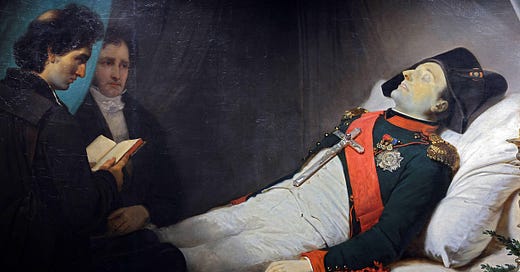





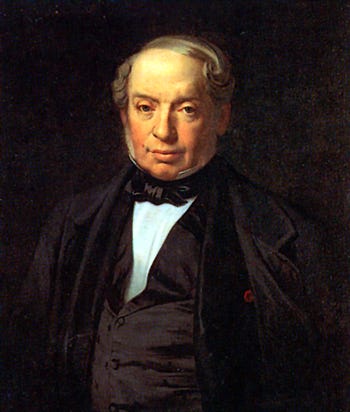
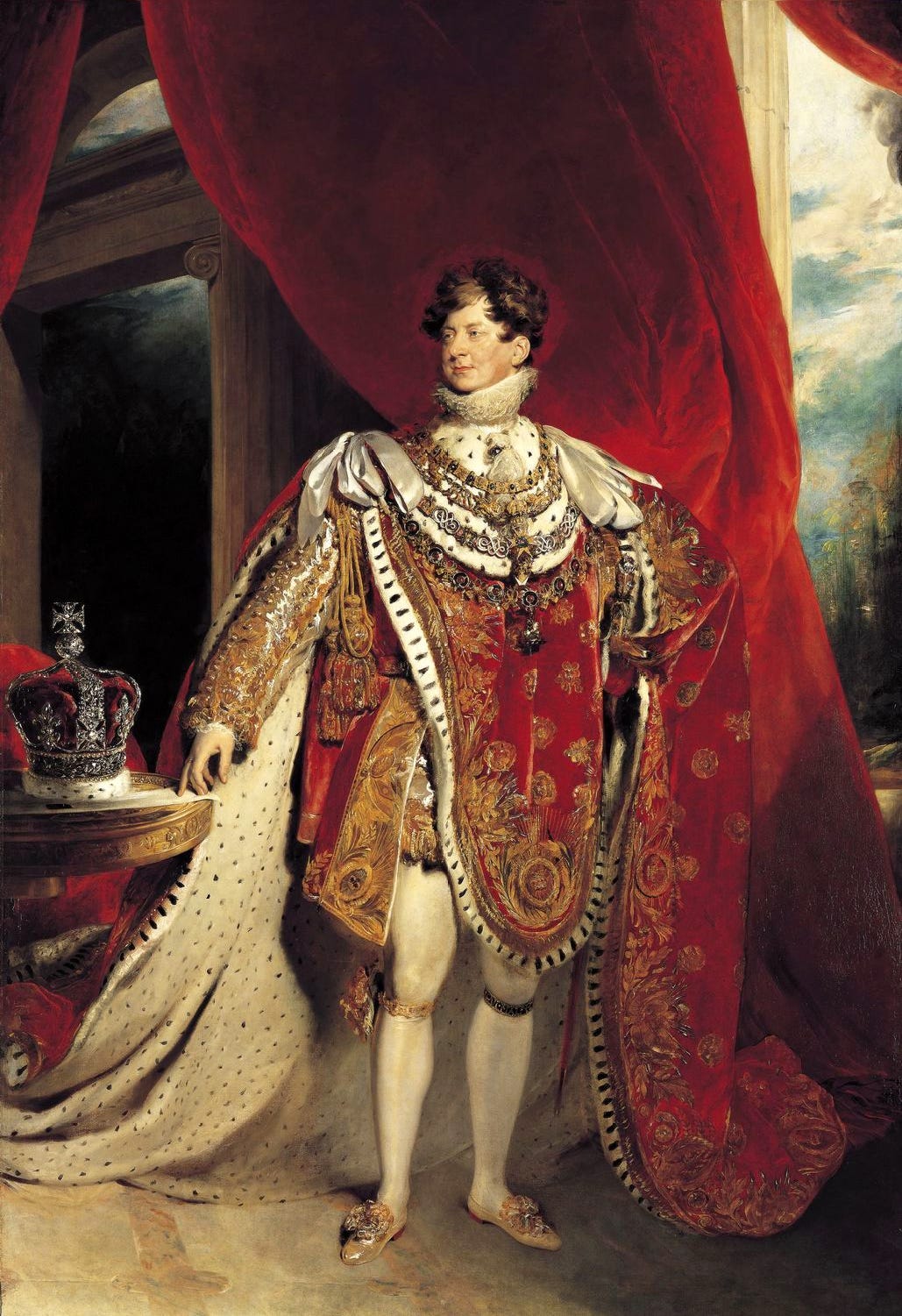


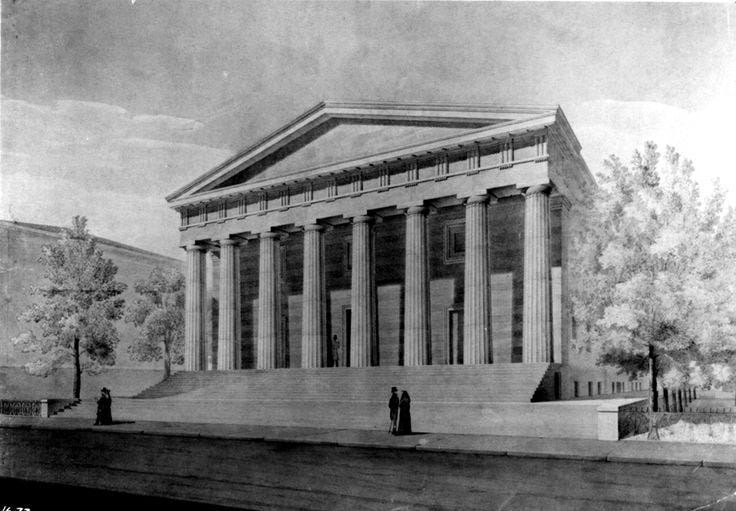

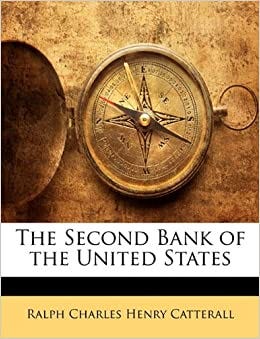
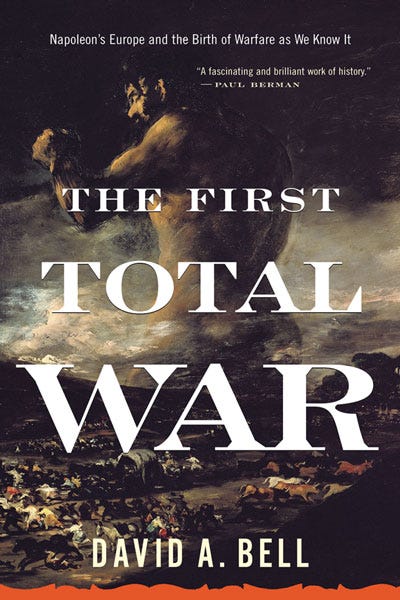


Have you ever thought about joining a lodge to get some first hand knowledge to denounce Freemasonry over?